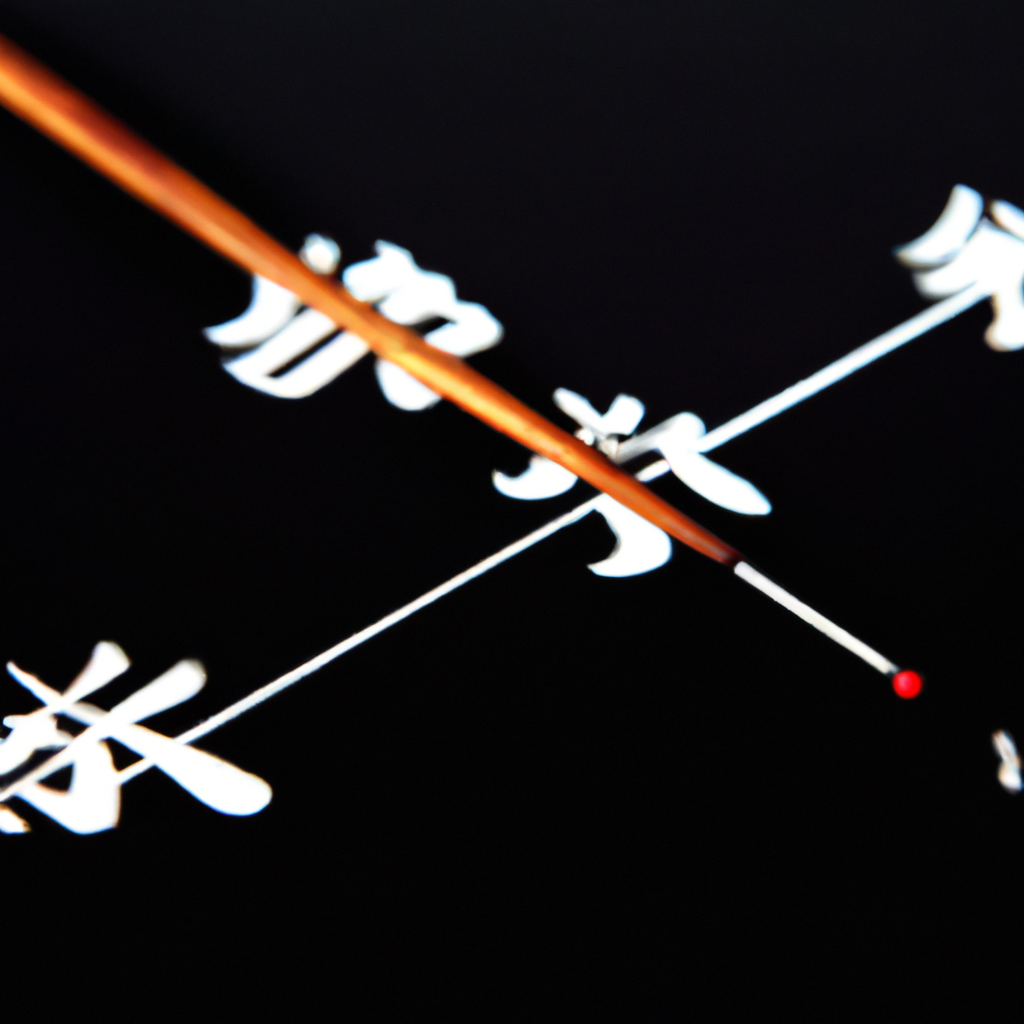Calligraphy is an art form that has been practiced for centuries across the globe. It is the art of writing beautifully and elegantly, often with a brush or pen, and has been a significant aspect of many cultures throughout history. In this article, we will explore the history and significance of calligraphy as an art form, its cultural and traditional roots, and how it has evolved over time.
History of Calligraphy
Calligraphy has a rich and diverse history that spans across many cultures and time periods. It is believed to have originated in China, where it was known as Shufa or “the way of writing.” In ancient China, calligraphy was considered an essential part of education and was used as a means to communicate with the divine.
Calligraphy also played a significant role in the development of Islam, where it was used to transcribe the holy text of the Quran. Arabic calligraphy is known for its intricate and decorative style, and it is still widely practiced today.
In Europe, calligraphy has been used since the Middle Ages, where monks would transcribe religious texts and manuscripts by hand. During the Renaissance, calligraphy became an essential part of the art world, and it was used to create beautiful illuminated manuscripts and ornate lettering.
Significance of Calligraphy
Calligraphy is more than just a form of writing; it is an art form that requires patience, skill, and dedication. It is also a means of self-expression, where the calligrapher can convey emotion and personality through their writing.
Calligraphy has played a significant role in many cultures throughout history, and it has been used to convey important messages and ideas. In China, calligraphy was used to communicate with the divine, and it was believed that the beauty of the writing itself could bring good fortune and blessings.
In Japan, calligraphy was used as a means of meditation and spiritual practice. It was seen as a way to connect with the natural world and to express one’s innermost thoughts and feelings.
In the Islamic world, calligraphy has been used to convey the beauty and power of the Quran. Arabic calligraphy is known for its intricate and decorative style, and it is considered one of the most important art forms in the Islamic world.
Calligraphy as Art
Calligraphy is not just a means of communication; it is also a form of art. Calligraphers spend years honing their skills and perfecting their craft, and their work is often displayed in galleries and museums around the world.
Calligraphy is also a form of self-expression, where the calligrapher can convey their personality, emotions, and ideas through their writing. It is a way of creating something beautiful and meaningful that can be appreciated by others.
Calligraphy as Tradition and Culture
Calligraphy has been an essential part of many cultures throughout history, and it has played a significant role in the development of art, literature, and religion. It is a tradition that has been passed down from generation to generation, and it is still widely practiced today.
In China, calligraphy is considered one of the “Four Arts of the Chinese Scholar,” along with painting, music, and chess. It is still taught in schools and universities across the country, and it is an essential part of Chinese culture.
In Japan, calligraphy is known as Shodo, which means “the way of writing.” It is still widely practiced today, and it is considered an essential part of Japanese culture. Shodo is taught in schools, and there are many calligraphy competitions and exhibitions held throughout the country.
In the Islamic world, calligraphy is an essential part of the culture, and it has played a significant role in the development of Islamic art and architecture. Arabic calligraphy is still widely practiced today, and it is considered one of the most important art forms in the Islamic world.
Conclusion
Calligraphy is an art form that has been practiced for centuries across the globe. It is more than just a means of communication; it is a way of expressing oneself and conveying important messages and ideas. Calligraphy has played a significant role in many cultures throughout history, and it is still widely practiced today. It is a tradition that has been passed down from generation to generation, and it is an essential part of many cultures around the world. Whether it is practiced for religious, cultural, or artistic reasons, calligraphy remains a beautiful and elegant form of writing that will continue to be appreciated and admired for generations to come.







